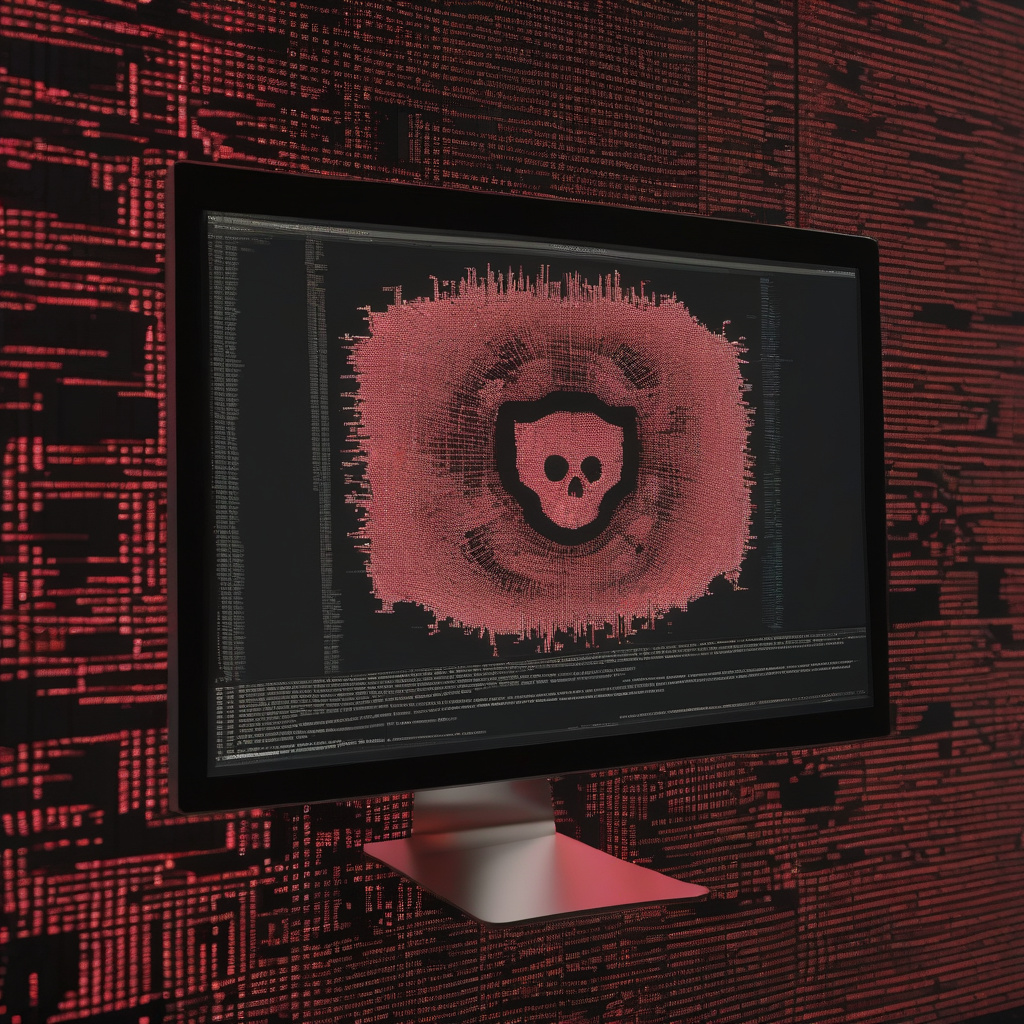In a recent development that has sent shockwaves through the tech industry, Microsoft has uncovered a sophisticated malware attack targeting Windows users. The attack, orchestrated through GitHub, a popular platform for software development, has infected over 1 million users with malicious software, including Lumma and other data-stealing programs.
This alarming discovery highlights the evolving landscape of cybersecurity threats, with bad actors leveraging legitimate platforms to distribute malware. The use of GitHub, known for its role in facilitating collaboration among developers, underscores the adaptability and cunning tactics employed by cybercriminals. By exploiting trusted platforms, hackers can evade traditional security measures, making it challenging to detect and mitigate such threats.
Microsoft’s identification of this malvertising-based attack chain serves as a stark reminder of the constant vigilance required in the digital realm. Both enterprise and consumer PC users have been affected by this insidious campaign, emphasizing the widespread impact of cyber threats in today’s interconnected world. The infiltration of malware into systems poses not only a risk to individual privacy but also threatens the integrity and security of organizations.
This revelation also raises concerns about the future landscape of cybersecurity. As technology advances and cyber threats become more sophisticated, it is imperative for individuals and organizations to enhance their security measures continually. Proactive steps such as regular software updates, robust antivirus solutions, and employee training on cybersecurity best practices are essential in mitigating the risks posed by such malicious attacks.
The GitHub-hosted malware incident serves as a wake-up call for the tech community, prompting a reevaluation of existing security protocols and practices. Collaboration between tech companies, cybersecurity experts, and regulatory authorities is crucial in combating such threats effectively. By sharing threat intelligence, implementing proactive security measures, and staying informed about emerging threats, the industry can collectively bolster its defenses against malicious actors.
In conclusion, the prevalence of malware attacks like the one discovered on GitHub underscores the ever-present need for heightened cybersecurity measures. As technology continues to advance, so too must our approach to protecting sensitive data and digital assets. By remaining vigilant, proactive, and informed, we can navigate the complex cybersecurity landscape and safeguard against evolving threats. The GitHub incident serves as a poignant reminder of the importance of cybersecurity in an increasingly interconnected world.

